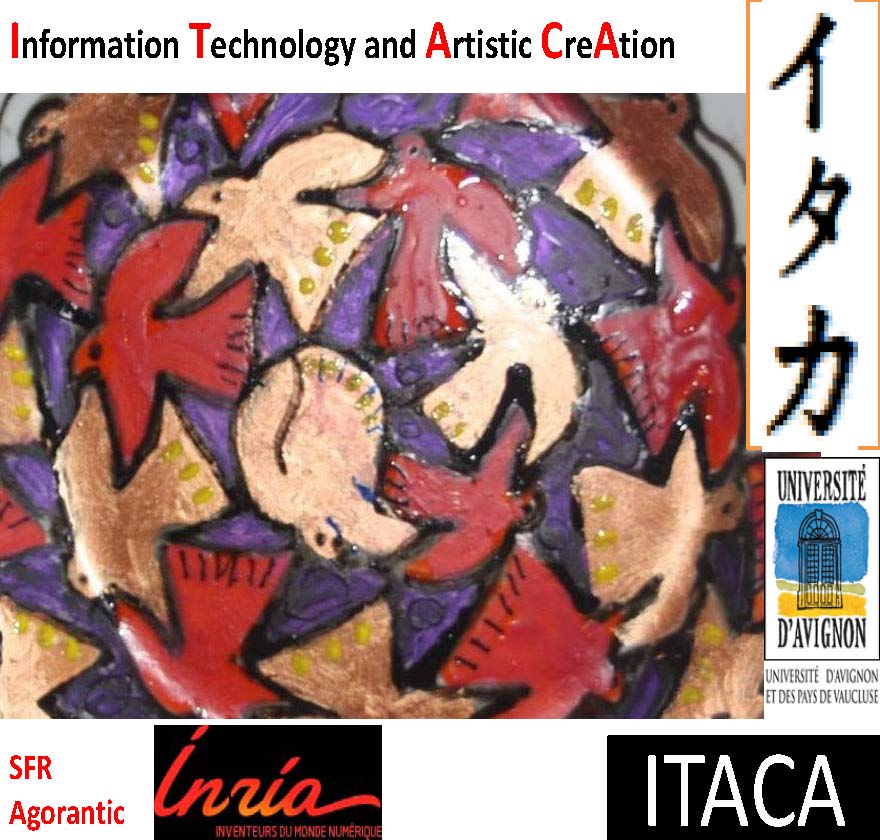
About the ITACA project
Research Related to ITACA: Creation, Simulation and Multidisciplinary Evaluation of Dynamic Mobility Models in Complex Systems
Mobility models are frequently used in networking, in physics, biology and road traffic. They are used also as a creation tool in computer graphics and in movie animation for creating artificial life (movement of crowds, of flocks of birds etc). When used for visualization purposes, the perceived quality of the simulation can benefit from specialization - 3D projection, and virtual reality. When modeling real observed mobility, the objective is to extract pertinent features of the observed phenomenon in a way that would allow us then to study its properties by analyzing the model. When using a mobility model as a graphic creation tool, then the objective of the evaluation of the tool is to learn how various types of mobility patterns are perceived. A mobility model is dynamic if the parameters defining it change in time. We are interested in dynamic interactive models in which the person running the simulation controls parmeters using the real time output of the simulation as feedback. Another dynamic aspect is evolution. In computer graphics, genetic algorithms have been used in modeling Boids and Floys (mobility of large flocks of birds) so as to obtain evolution. We introduce novel tools bsaed on stochastic versions of evolutionary games in order to enhance mobility models.
Objectives